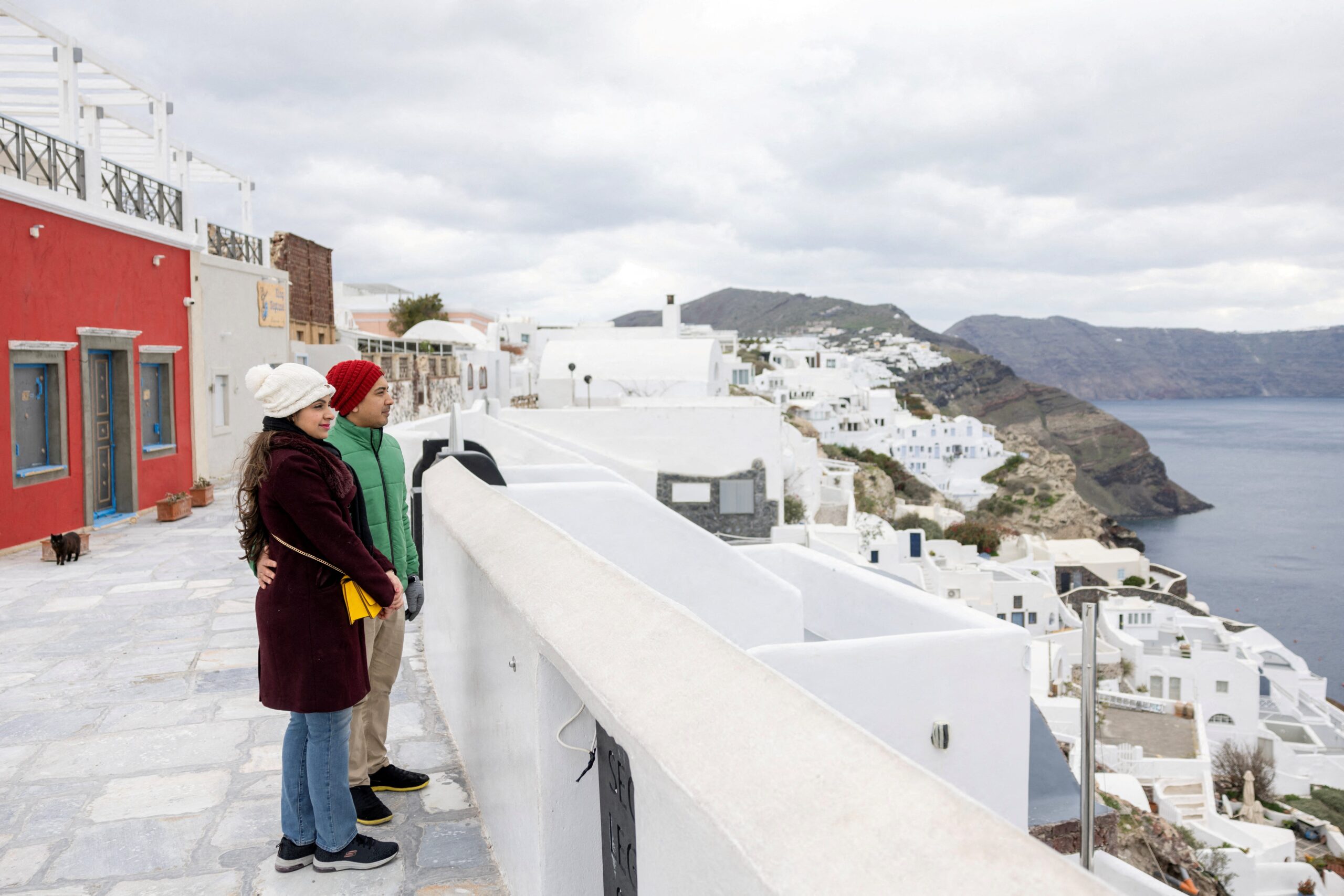
Santorini Grapples with Unrelenting Earthquake Swarms
A Seismic Ordeal
Santorini, the picturesque Greek island renowned for its stunning volcanic landscapes, has become the epicenter of an ongoing earthquake crisis that has rattled the island since the beginning of February. On Tuesday, a magnitude 4.8 earthquake struck southwest of Amorgós, adding to the hundreds of tremors that have shaken the region.
The relentless seismic activity has prompted authorities to declare a state of emergency until at least March 3. Schools on Santorini and nearby islands have been closed, while rescuers and the army have been deployed to assist the affected population. Fearing further tremors, over 11,000 people, including seasonal workers, have evacuated the island.
A Surge in Seismic Activity
Since February 1, hundreds of earthquakes have been recorded in the region. The strongest of these, a magnitude 5.3 tremor, struck on February 4, followed by another magnitude 5.3 on Monday. The prolonged sequence of earthquakes has raised concerns about potential structural damage and safety risks.
Economic Fallout
Santorini, a popular summer destination, relies heavily on tourism. However, the earthquake swarms have severely impacted the island’s economy. Many businesses have suspended operations, resulting in job losses and reduced income for seasonal workers. The Greek labor ministry has initiated measures to mitigate the economic fallout by preserving jobs and providing financial support to workers and businesses.
To support affected businesses, the government has implemented a suspension scheme that allows businesses to temporarily halt employees’ contracts without resorting to layoffs. Upon expiration of the emergency period, businesses are required to maintain the same workforce levels. Additionally, suspended workers are eligible for state compensation of up to €534 (approximately $550) in cash payments for 30 days.
Labor Concerns
The union representing employees in the food and tourism industry has expressed concerns about worker protection during the crisis. They highlight that the suspension of operations has left hundreds of employees without income or insurance coverage.
Official Response
Despite the intense seismic activity, no injuries or deaths have been reported as of Monday, according to the BBC. Inspections have also found no significant damage to buildings in Santorini or Amorgós.
Greek Prime Minister Kyriakos Mitsotakis visited Santorini on Friday and announced a €3 million funding package for the construction of an emergency evacuation route in the southern part of the island. "We are preparing for the worst while hoping for the best. That’s what a serious and organized state must do," Mitsotakis stated during a meeting with local officials.
Ongoing Monitoring and Preparation
The Institute of Geodynamics in Athens continues to monitor the seismic activity and has recorded 14 earthquakes with a magnitude greater than 4.0 on Tuesday alone. The ongoing swarms serve as a reminder of the island’s vulnerability to geological hazards.
Authorities remain on high alert and are urging residents and visitors to follow safety guidelines, including adhering to building codes and being prepared for potential evacuations. The island’s resilience in the face of adversity is a testament to the strength and determination of its people.
